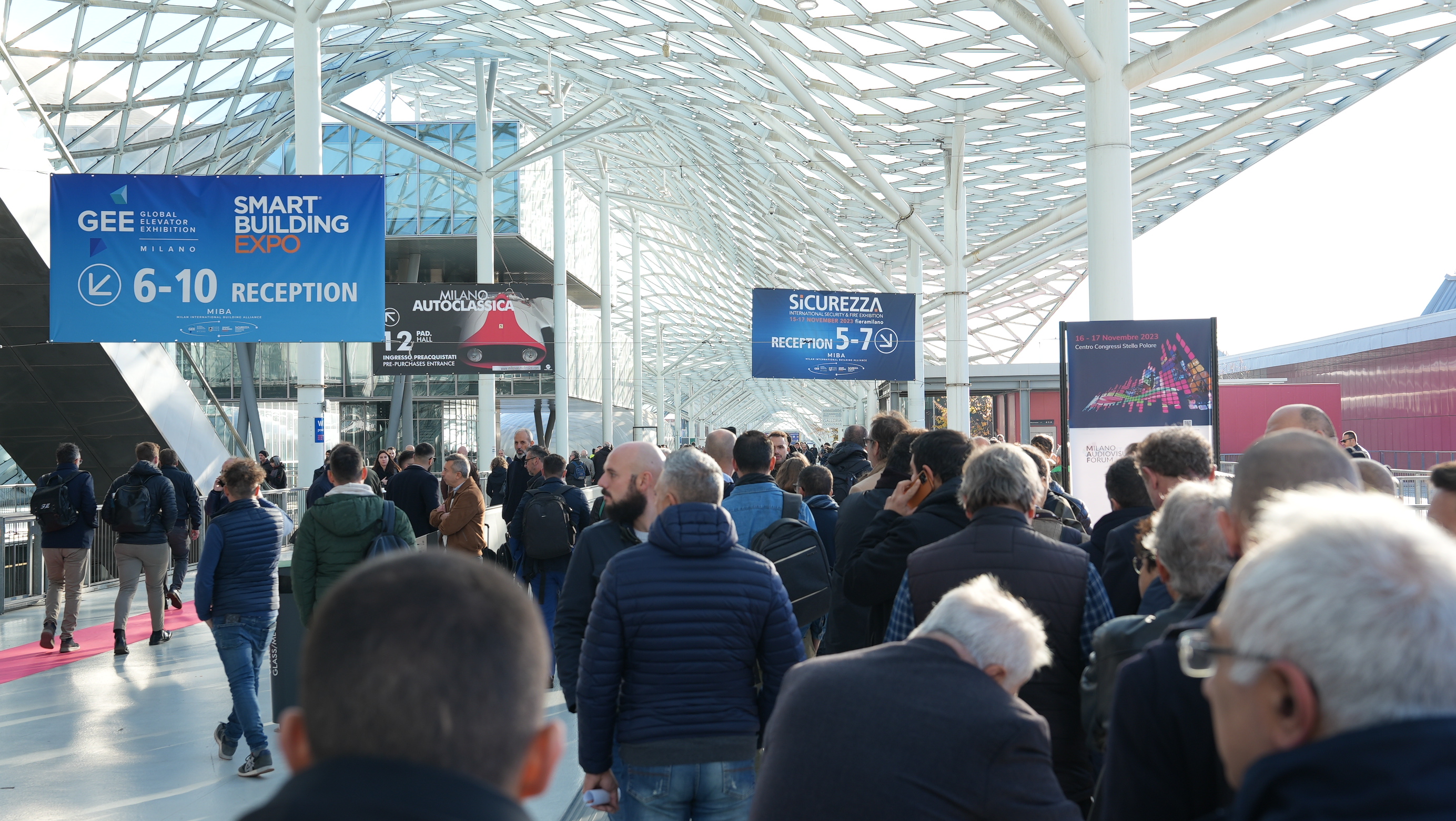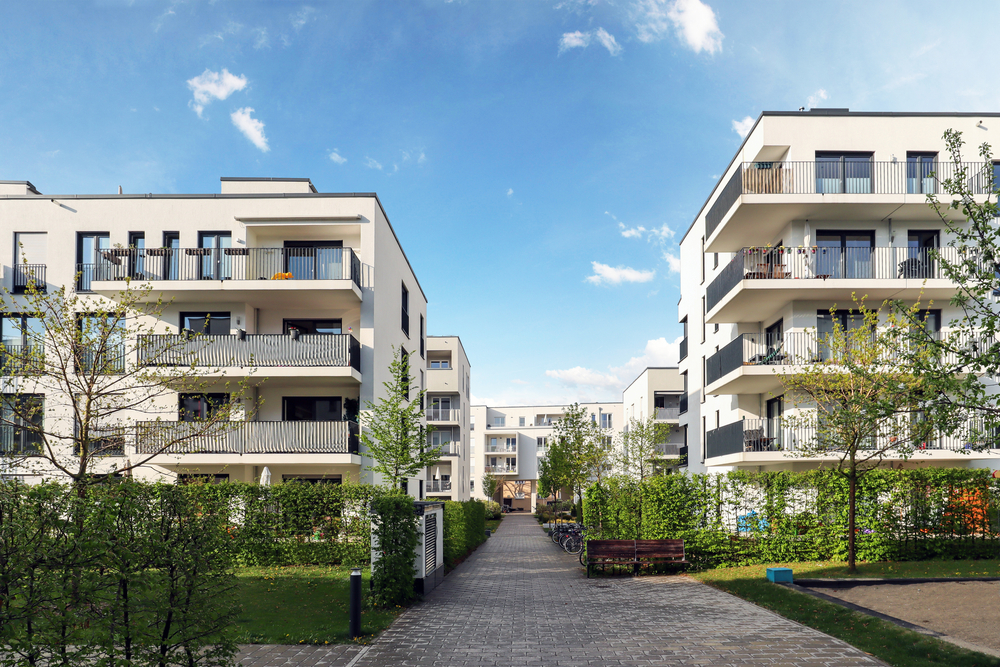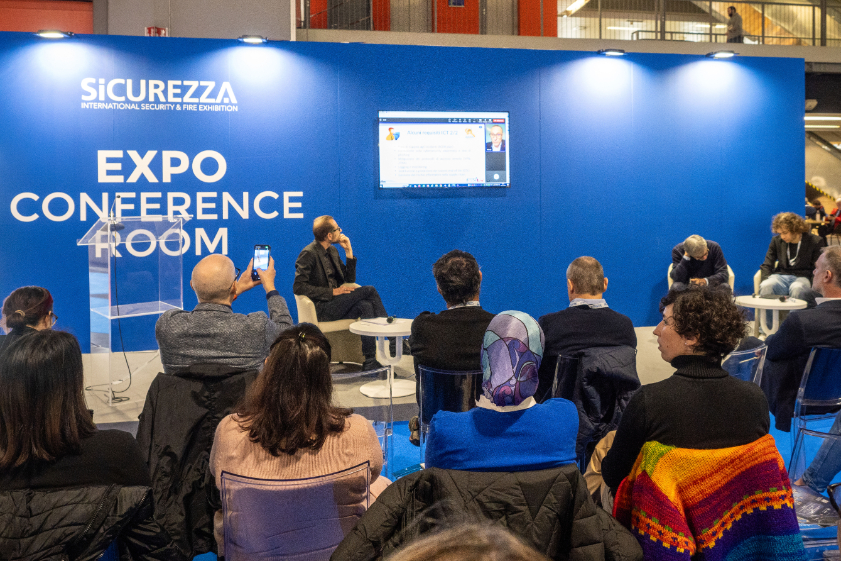Today’s home burglar alarm is increasingly part of an integrated and advanced system that manages different functions. What is your idea of integration?
Starting with the heart of our system, the alarm unit, it is possible to transform something originally created as a security system to protect the home into an intelligent system that can control and manage other functions across various areas. This is done by integrating specific satellite modules (touch screen fingerboards, automation and light units, climate control or video-surveillance units), to create what we call a “Smart Home” or rather one that is easy to manage and control.
The integration of devices can in fact facilitate our access to, and use of, functions that regulate daily activity inside our homes in an increasingly “safe and intelligent” way. Our range includes devices that differ in terms of their technology and use, whether home automation control (shutters, blinds, etc.), units to manage lighting and monitor electrical consumption, or climate control units.
To meet the needs of an increasingly demanding consumer, who wants access to numerous functions in a simple and immediate way, every field and function of the Combivox Smart Home can be managed and monitored in the traditional way, using wall-mounted touch screen fingerboards, also available in a version that can manage video surveillance and video intercoms, or in a more modern way, at home or remotely, via a smartphone and user-friendly app. In this way, practically all functions can be managed via a single platform and the user can even receive a remote video intercom call.
Then there is the increasingly fashionable voice control function, where the Smart Home can be managed thanks to integration with voice assistants such as Google Home and Amazon Alexa.
Over the last decade, integration has been one of the changes that has revolutionised the residential offering. How long have you been working on it?
Look, our integration for Combivox began well over a decade ago. Our study and research into the development of an integrated system actually dates back sixteen years. At Sicurezza 2004 we presented a system, truly revolutionary at the time, which consisted of an alarm unit connected to a 10” monitor fingerboard on which there was an app, created by us, that integrated the security system and IP video surveillance of the only company present on the market at that time, namely AXIS. The futuristic graphic interface allowed for the pairing of the alarm sensor and a video camera, for video verification of events (brief videos). The user could use the same interface to control the ON/OFF of various electrical switches (lights and automations), all with graphic maps that could be customised by the installer to suit client needs. The client could therefore manage a burglar alarm, home automations and video-surveillance with a single interface. Another exclusive new technology was video alarm signalling, sent by MMS, the mobile service that allowed for the transmission of videos up to 30 seconds in length. At the time there were no smartphones, only mobile phones with SO Java, which allowed for the installation of proprietary apps. So already in 2004, our R&D team created a graphic app that allowed for remote management of the system. Connecting an alarm unit via a LAN network on the Internet to allow for remote management was totally innovative in the security field.
Then, over the course of the years, our devices became more accessible in terms of their market price, as well as more specific, technologically-speaking, which saw their popularity gradually grow until they became what we would now call a must-have, seeing that other players have also introduced them into their catalogues. At Sicurezza 2008 we presented the first touchscreen fingerboard for the control and management of an alarm unit. This was revolutionary at the time, as by using an extremely modern interface (smartphones only came into being two years later, in 2010), the installer could offer users home automation functions that were previously unthinkable.
Our integration of video surveillance is now made possible with proprietary devices that our R&D team has developed and that are cheaper and smarter than the first system created in 2004. That original system nevertheless laid the foundations for everything we then achieved over the years with Combivox, in terms of system integration.
What evolution do you expect to see in the near future?
Our company has been in the security field since 1984 and since then the market has taken a significant technological step forward. With a market approach that has always been based on innovation and quality, we are clear as to our future. We will continue along the pathway we embarked upon many years ago with Combivox and work to develop increasingly efficient burglar alarm, automation, video surveillance and video intercom integrations. At a technology level, we think that there is still significant room for improvement when it comes to the integration of systems, with products that differ in terms of their performance and market price bracket. Consider the potential of wireless devices, increasingly reliable and secure, and Cloud solutions, now in real demand, particularly in the domestic setting. The introduction of the proprietary cloud was an important step for us, as this was designed to offer the user (installer or consumer) new services that are efficient, but above all “safe” and “reliable”. We are working hard to complete various projects, all of which aim to improve the integration of burglar alarm, video surveillance, video verification and automation devices. These are set to play a starring role in our range at SICUREZZA 2021 next November.







